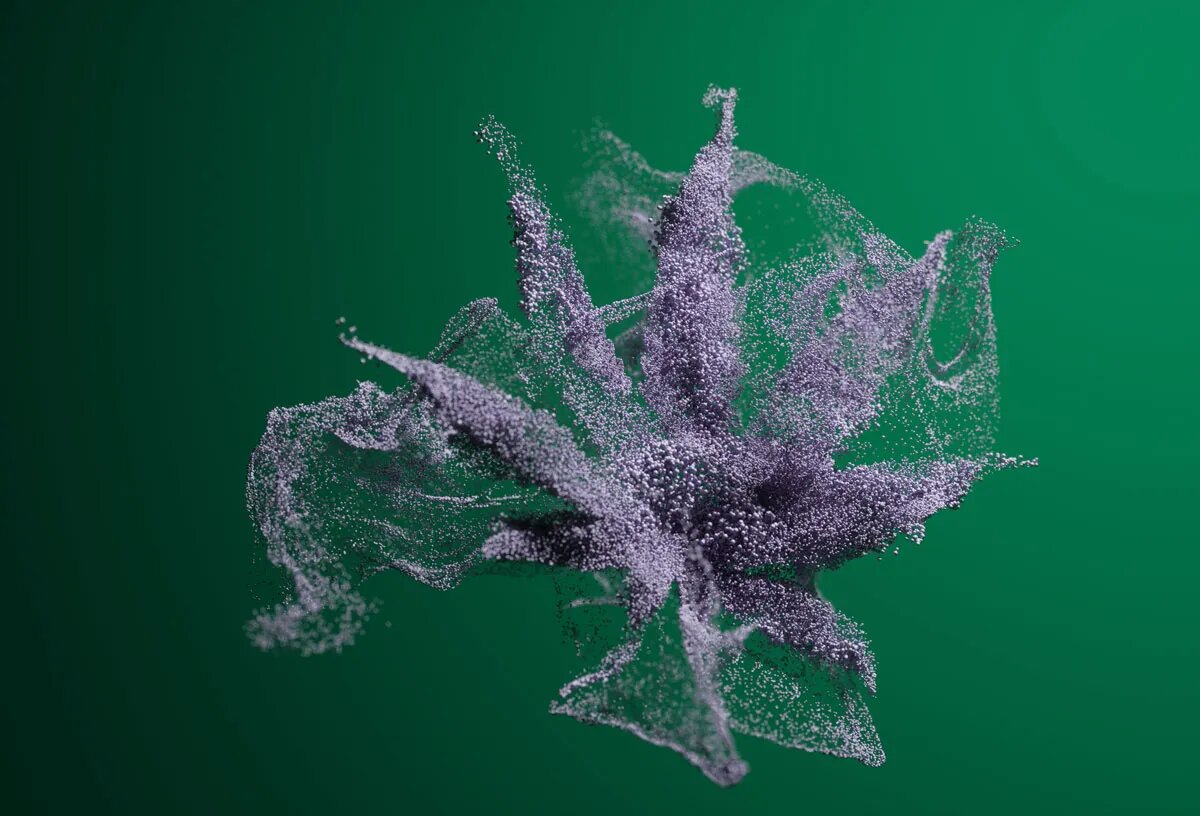The science behind creating new weed strains is fascinating, and with the ever-growing popularity of cannabis. It has become an increasingly important field of study. From crossbreeding to genetic engineering, researchers are continuously exploring the world of weed to create new and improved strains that offer different effects, aromas, and flavors.
Learn: What are Cannabis Terpenes
By understanding the science behind creating new weed strains, cultivators can create the perfect strain for their own individual needs. From new cultivars that offer more potent highs to those that are rich in medicinal qualities. Understanding the science of weed can help growers produce an infinite variety of new strains. With the help of modern science, the possibilities for new and exciting strains are seemingly endless.
What is the Science behind Creating New Weed Strains?
The science behind creating new weed strains is based on two main methods: crossbreeding and genetic engineering. Crossbreeding involves combining two different strains of cannabis to create a new hybrid. By combining two different types of weed, cultivators can create plants with the best qualities of both plants. While most hybrids combine two similar strains, crossbreeding can create unusual hybrids.
For example, combining a Sativa with an Indica can produce a hybrid that has the best qualities of both plants. Genetic engineering can also create new strains of cannabis. Genetic engineers can manipulate the DNA of a plant to create new cultivars that have never before existed in nature. By adding new DNA or changing the order of genes, scientists can create unique cultivars with new effects, scents, and flavors. Genetic engineering can even produce cultivars with more medicinal properties. For example, genes from an herb rich in antioxidants can insert into cannabis to create a new cultivar that offers health benefits.

Different Effects, Aromas, and Flavors of New Weed Strains
By crossbreeding two different strains of cannabis, cultivators can produce new strains with unique effects and flavors. Creating a hybrid between a Sativa and an Indica can produce a cultivar that has the best of both plants. For example, a hybrid between a Sativa and an Indica can have the energizing effects of a Sativa, but also have a relaxing effect.
This enables growers to create hybrids with the perfect balance of desired effects. Furthermore, the hybridization of Sativa and Indica strains can produce cultivars with different scents and flavors. Some Sativa-Indica hybrids have distinct scents and flavors, for example the Sour OG strain has a distinct lemon-like taste that is very different from the Sour Diesel taste.
Potency of New Weed Strains
By manipulating the genes of cannabis plants, scientists can create cultivars with greater medicinal and psychoactive properties. By inserting genes from other plants, genetic engineers can increase the potency of cannabis. For example, genes from a Chinese herb rich in antioxidants can be inserted into cannabis to create a more potent cultivar.
This process of genetically engineering plants can also create cultivars with less psychoactive properties. For example, genes from the Indian Hemp plant that produces no cannabinoids can insert into the DNA of cannabis to create a cultivar with little to no psychoactive properties.
Medicinal Qualities
Genetic engineering can also create new cultivars with greater medicinal value. By inserting genes from herb rich in antioxidants into the DNA of cannabis, scientists can produce a cultivar that is rich in antioxidants.
This process of genetically engineering plants can create new cultivars with other medicinal properties. For example, genes from a mango rich in vitamin C can be inserted into cannabis to create a new cultivar with increased vitamin C content.

Modern Science and the Possibilities
As scientists continue to explore the world of weed, the possibilities for new strains only seem to grow. With the use of genetic engineering, cultivators can create cultivars with any desired traits.
For example, scientists are currently experimenting with creating cultivars that have no psychoactive properties. Therefore, these cultivars can be in edible products without causing a high. By genetically engineering cannabis, scientists can create new cultivars with infinite traits. Moreover, these cultivars can be used in a variety of products like edibles and topicals.
Examples of Successful New Weed Strains
In addition to the increased potency and medicinal value of new weed strains, crossbreeding and genetic engineering can produce some amazing new cultivars. It is difficult to classify new strains as hybrid or genetically engineered, but here are a few examples of successful new weed strains.
Candy Haze is a cross between Blueberry and Haze and is known by many as a “candy-fueled” feeling. Sour Diesel is a cross between Pre-98 Bubba and Sour Diesel and has a distinct lemony taste. Blue Dream is a hybrid between Blueberry and Haze and is often a medicinal cultivar due to its high CBD content.
Conclusion
The science behind creating new weed strains is fascinating and has endless possibilities for new and exciting cultivars. By crossbreeding two different strains of cannabis or genetically engineering a new cultivar, scientists can create plants with new effects, scents, and flavors. Furthermore, by manipulating the genes of plants, scientists can create cultivars with greater medicinal and psychoactive properties. Modern science can be employed to create new weed strains with endless possibilities.

